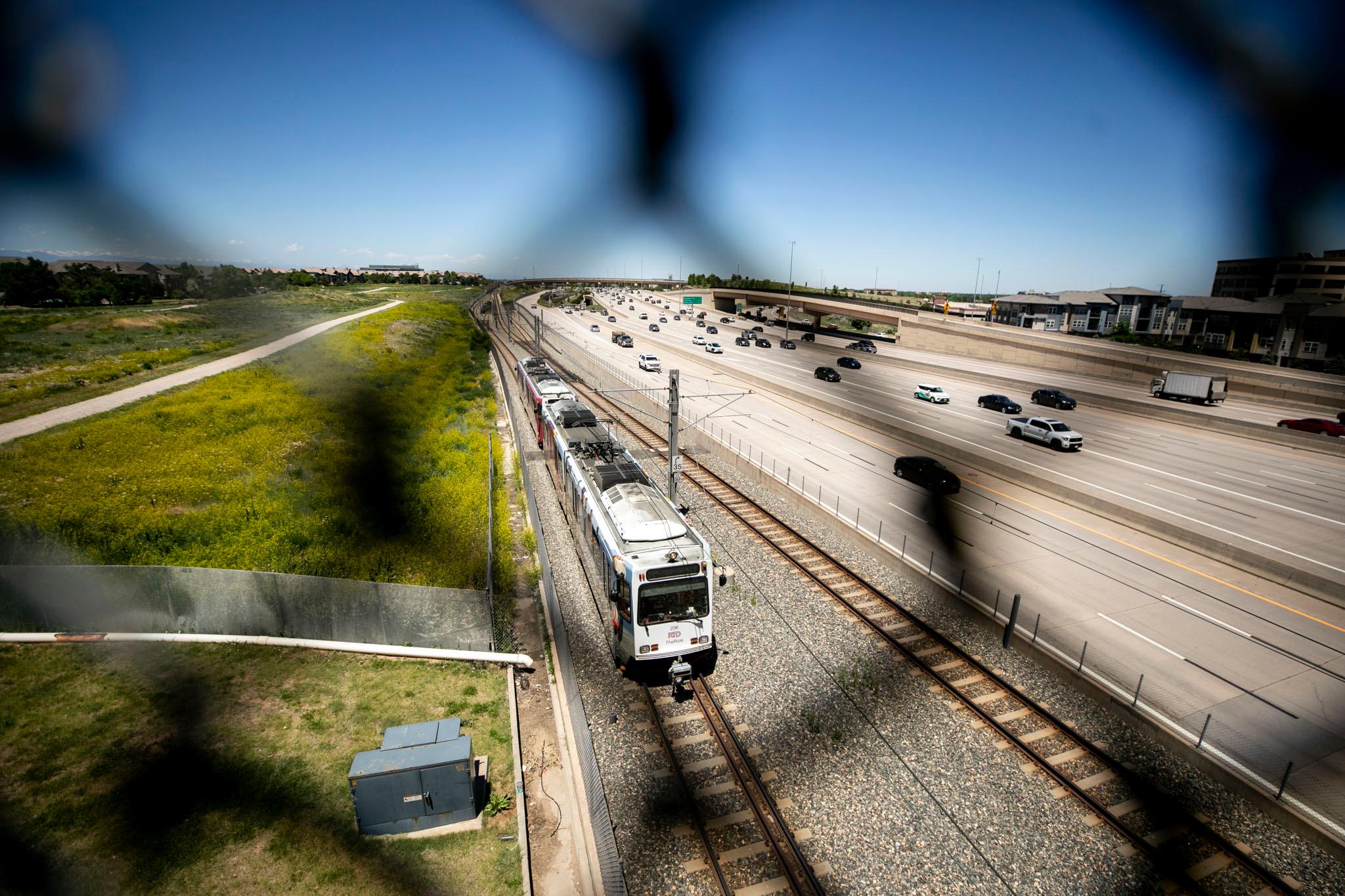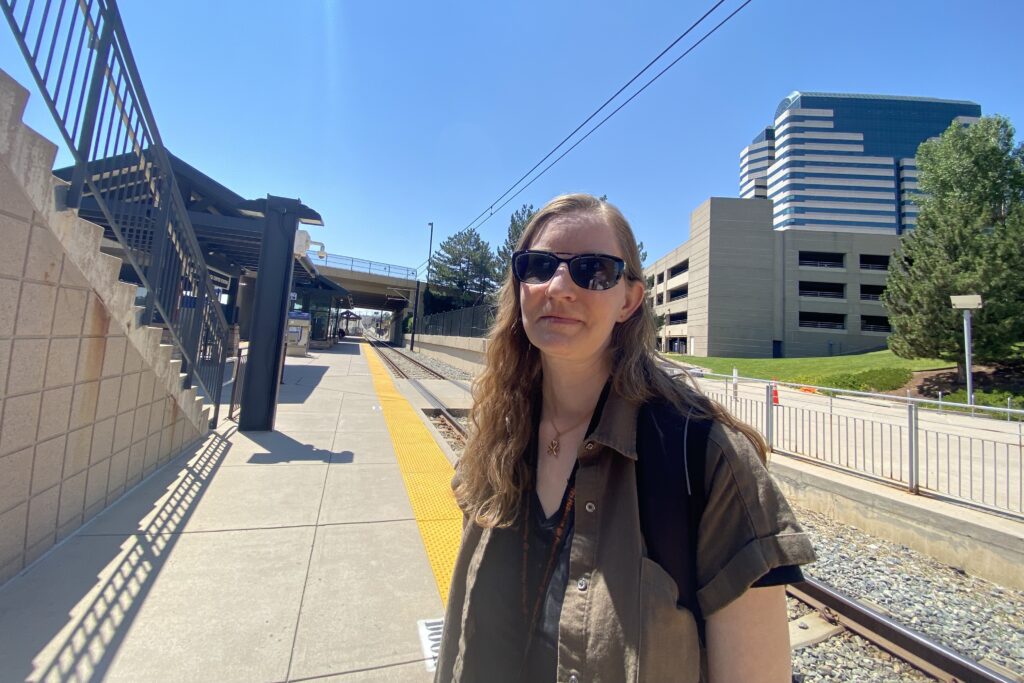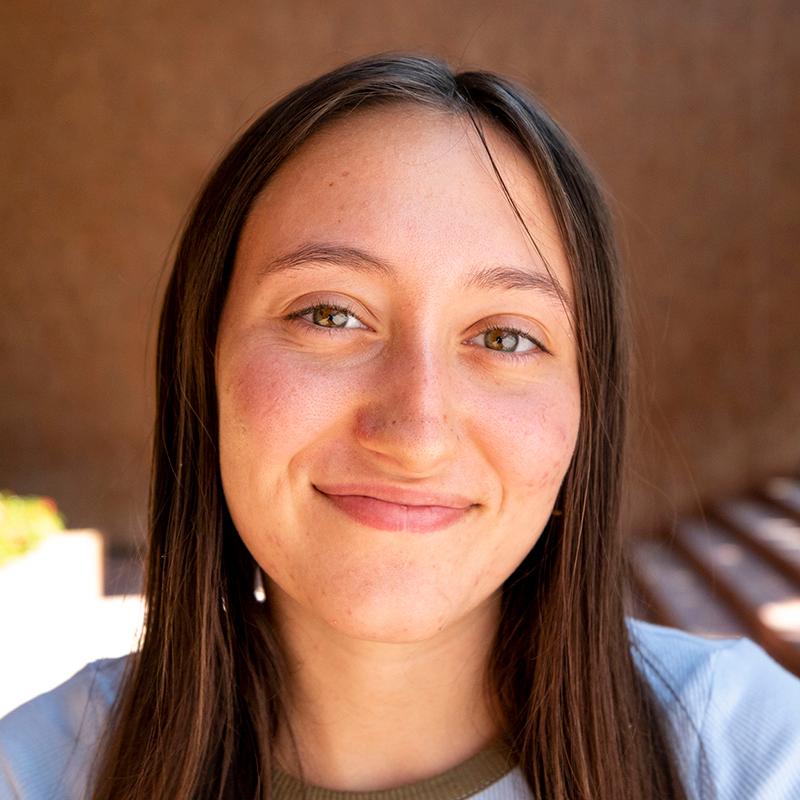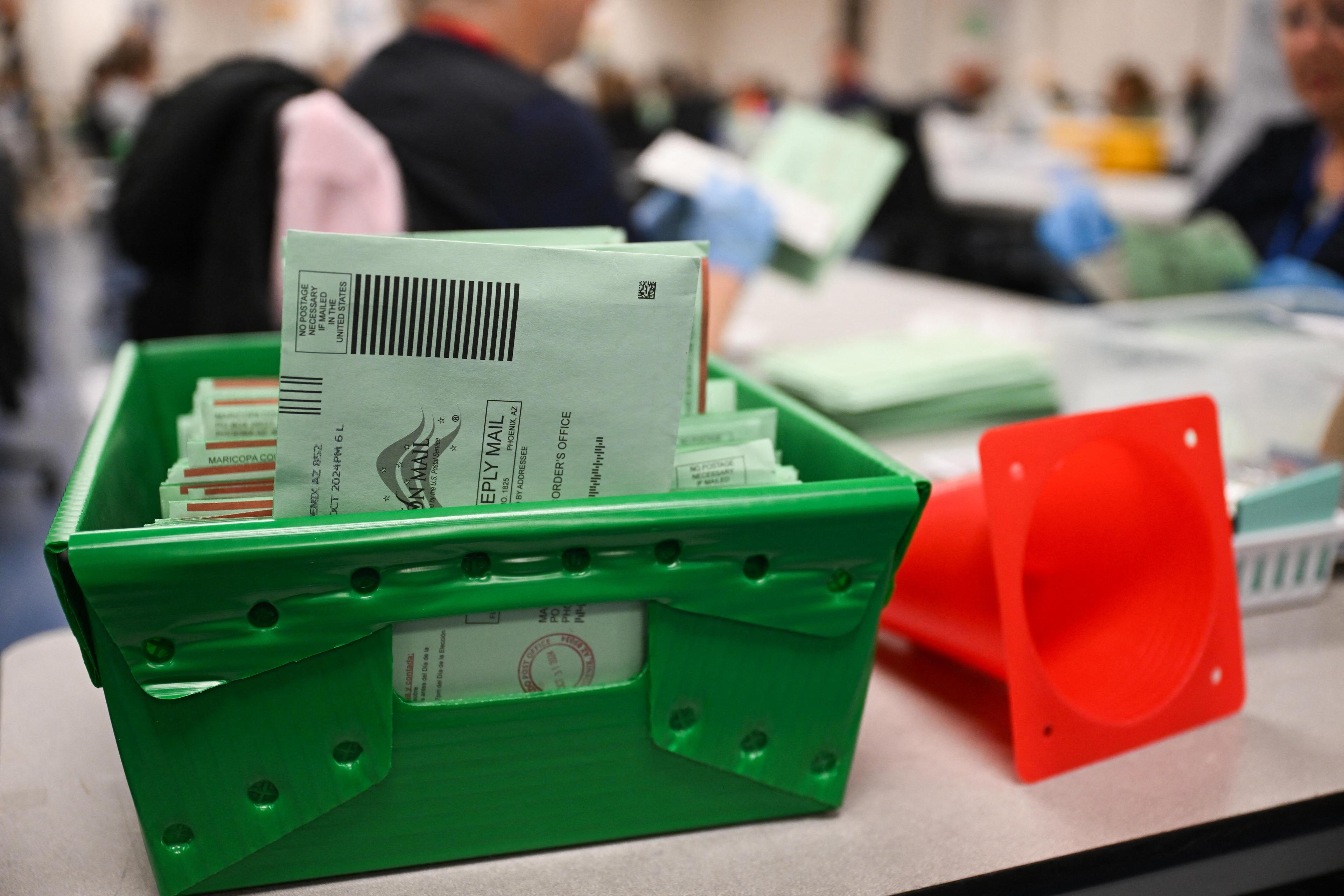
The Regional Transportation District has a new set of slow zone restrictions on its light rail network, covering portions of the E, R, H and D lines in southeast metro Denver.
The unexpected speed restrictions began in early June after inspections of the track showed issues across the service in the south Denver metro.
The slow zones require the trains to run at just 10 mph, compared to the usual max speed of 55 mph.
RTD quietly updated its website Friday to show new slow zones on the H, R and D lines, along with preexisting zones on the E lines. While RTD lifted speed restrictions on a portion of the E and R lines, other slow zones put in place in June remain while RTD continues to fix portions of its track.
RTD did not respond to CPR News' request for comment.
The disruptions come as other maintenance projects have hurt light rail service this summer. The entire downtown loop is offline to rebuild parts of the track, while a different repair project limits service on the E and H lines to once per hour.
RTD leadership has attributed some of those disruptions to postponed maintenance finally catching up with the agency after focusing on light rail expansion over repairs for years.
The slow zones and other maintenance projects have made the light rail unrideable for some RTD users this summer.
Lindsay Stanfield is a lifetime RTD rider. She does not own a car and relies on the service to get across the city, but she feels like it has deteriorated since the pandemic.
“Where do I even start? It's become very unsafe, very unreliable, routes and trains canceled constantly,” she said.


Stanfield is on a fixed income because of her disability and needs to use RTD to get to medical appointments. With limited service and slow zones this summer, she said an already challenging service has become impossible to use.
Recently, it took her 30 minutes to ride three stops.
“It takes at least two hours to get anywhere and half of that time is spent waiting for transfers,” she said.
Because of the disruptions, Stanfield has stopped scheduling medical appointments until the fall. If her chronic illness improves she could get a job and afford a car, but right now she can’t get better because she can’t get to the doctor.
“I'm stuck in a doom loop,” she said. “I stay sick and I stay stuck.”
At Arapahoe Station on Friday, travelers waited in the heat for the light rail.
Riders sat in station shelters and on the floor, congregating in the shade during 90-degree temperatures.
Some were waiting for the train, while others appeared camped out for the day. A sign projected train arrival times, but riders said that with all the disruptions, they don’t trust the projected times.
Tasha Harris had been waiting for about 20 minutes for a train to take her to work. She had lent her son the family car but was beginning to second-guess that decision.
“I loved RTD, and then once the slowdown came, it was kind of like, whoa, 10 minutes turned into 20 minutes turned into an hour,” she said. “It just drags and drags and drags.”
Previous coverage:
- June 26: RTD CEO says frustrated light rail riders should get used to disruptions
- June 17: State safety regulator says RTD ‘failed’ to head off preventable light rail disruptions
- June 14: RTD rail boss defends handling of light rail slowdowns, says ‘significant progress’ will happen by September
- June 13: Frustrations grow over RTD light rail slowdown. But there’s ‘no end date in sight'
- June 7: RTD’s light rail trains are crawling this week. Operators don’t know when they’ll be up to speed again
Where exactly are the new slow zones?
The new zones cover portions of the track between Southmoor and Iliff and Belleview and Illiff in both directions on the H and R lines, according to RTD’s website.
Another new slow zone runs between Englewood and Oxford-City of Sheridan in both directions on the D line.
That’s on top of the existing slow zone between Colorado and Southmoor on the E and H lines that began in June.


RTD’s updated maps show lifted restrictions on the E and R lines between Belleview and Orchard and for trains traveling northbound between Orchard and Dry Creek.
But the restrictions remain in place on the E and R lines southbound between Orchard and Dry Creek, and in both directions between Dry Creek and County Line.
What’s causing the slowdowns?
In the spring, RTD inspectors began examining the track more closely after the Colorado Public Utilities Commission told the agency to improve its maintenance regimen.
When those more rigorous inspections started, staff found rail burns, or areas where wheels had melted the tack surface. Those burns require trains to run at 10 mph until those portions of the track can be replaced.
The Public Utilities Commission called out RTD for failing to put in place safety strategies that would prevent the need for emergency slow zones. But RTD said the commission approved the agency’s safety plan for the light rail.
It’s unclear when repairs might be completed and slow zones lifted.
Dave Jensen, RTD’s assistant general for rail operations, said in mid-June that work on the southern sections of the track would start within days, but would not commit to a timeline for repairs.
But as inspectors continued looking at the tracks, the full scope of damage remained unclear.
Now, RTD is expanding those slow zones to new portions of the agency’s track as inspectors continue. It’s unclear what point RTD is at in those inspections and whether additional slow zones could be added in the coming weeks.
In a statement, RTD said: “Minimal delays area currently being experienced. Restrictions will remain in place until crews can complete repairs."
In the meantime, riders can use their RTD passes or tickets to ride the state-run Bustang South Line, which runs between Denver and Colorado Springs. RTD riders can take it between Sky Ridge, Colorado and Union Stations until Sept. 14.



